How Does an RV Electrical System Work?
I get asked a lot of questions about electricity in RVs, and while my background is not as an electrician, I have gained knowledge of the RV systems through trial and error (luckily not too much error). Electricity and RVs are a bit complicated. The main reason it can be a bit difficult to follow is because unlike a regular house that only has AC power, the RV runs AC and DC components. Just to confirm the terms here, AC means alternating current (2 way current) and DC means direct current (one way current). AC comes from the power lines and DC comes from batteries. So just look over this diagram and it will all come clear:
Kidding of course, but what in the world is going on in this diagram? I see power coming in, and then I see batteries providing power. Then I see all of these funny little convertor and inverter boxes. Oh, and don’t forget the generator!
Different Types of RV Power
Here is a good starting point to help you understand RV electricity: different components in an RV are designed to run on different types of power, either 120-volt AC or 12-volt DC. If your RV is plugged into a power pedestal (AC power) then it makes sense how your AC dependent components are getting power, but how are the DC components getting power? Well, you are going to need to convert that 120 volts of AC power to 12 volts of DC in order for those DC components to work. Let’s look a little closer at how all of this comes together.
Power While Connected to the Pedestal
When the 120-volt AC power comes in from the power pedestal, it hits a transfer switch, and from here some of that power just flows right on through the circuit breaker and to the components in the RV that require 120 volts of AC power. This is why you have breakers and fuses in your RV, the breakers handle the AC and the fuses handle the DC.
Generally the items that run on AC power are items that you would normally plug into a wall outlet like TVs, microwave, and then your air conditioner units are usually hard wired to AC.
The items that run on DC power are things that do not typically draw too much power like lights, water pump, heater blower, refrigerator (not residential style, that would be AC power).
So we powered the AC items with the 120 volt AC power coming in from the pedestal, and now we need to power our 12 volt DC items with that same 120 volt AC power. This is where you will need a convertor. Your RV has one of these and it is likely installed in one of your underneath bays.
The 120-volt AC power goes through the transfer switch to the convertor and comes out as 12-volt DC power. From here the DC power heads to the house batteries and keeps them charged.
From the battery, that DC power goes through a fuse panel, and then to the DC components that need power. Here is another chart that is a bit easier to follow than the one above:

The batteries in your RV will stay nice and full because of the power coming from the AC converter.
Power while Dry Camping or Boondocking
Now you may find yourself using your RV without outside power, referred to as dry camping. Well this fouls everything up that I just wrote about how RV systems work. If you do not have 120 volts coming from an outside source, then what happens to the batteries and the AC dependent components in your RV?
Well nothing changes with the DC components - those items still get their power from the batteries, but without the AC power coming in, the batteries are not getting charged.
So this leaves the AC items in your RV without power, because if batteries are now the only source of power, and we know that batteries only produce DC power, then the AC items will not run, right? Yes, that is correct, but luckily there is a component that turns DC power, back to AC power, and this is called an inverter. This chart shows how power flows when not connected to AC power.

So to review, a convertor changes AC to DC, and an inverter changes DC to AC. There are devices that can do both functions of converting and inverting, and newer RVs may have these in them.
Once the DC battery power is converted to 120-volt AC power, then it goes through the AC breaker panel and then on to the AC dependent components. Inverting power from DC to AC takes a good amount of battery power to make this conversion, and therefore deep cycle batteries are recommended to withstand the punishment.
Obviously without a source to continue to charge your batteries, your life cycle at your current location will not be long. If you are on battery power only, be sure to conserve energy in every way you can.
On a side note, a good way to conserve some energy is to convert your RV to LED lights. Newer RVs already come with LED lights. LED lights use much less power than standard bulbs and therefore your batteries will last longer.
Others Sources of RV Power
Because many RVers like to be “off the grid”, there must be creative ways to charge the batteries without shore power, right? There certainly is, and solar panels are very popular for RVers. All you need is a nice sunny day and the solar panels will work to keep your batteries charged. Whether or not the solar panels can keep up with your power consumption is dependent on your level of power consumption versus the extent of your solar power system.
A lot of RVers use generators. Having a generator is the equivalent of being hooked up to shore power from the RV electrical stand point, but much noisier. This is a solution for many RVers, but is not the cheapest option as you have to keep them filled with gas. If you get a big enough generator then you could run all of the AC and DC components of your RV.
As a last resort you can always start your RV and charge the batteries with the alternator from your engine, but I would not use this as a normal source of power as it will reduce the life of your alternator since you would likely only do this if the batteries are low. The alternator works harder and hotter to charge a low battery versus maintaining a full battery,
How Can I Protect My RV Electrical System?
I think it is good for everyone that RVs to have a basic knowledge of their electrical system. What is most important though (even if you don’t understand how it all works) is that you protect all of these vital components.
An RV will have a lot of sensitive electrical components that can be a bit finicky and ensuring that proper voltage is supplied to your RV is top priority. The simplest way to do this is to get an Electrical Protection System or EMS. While this sounds complicated, it really isn’t. Technology has come a long way and these units are mostly plug and play. There are a lot of choices out there and we believe the best system is the Surge Guard Total Electrical Protection System.
A Surge Guard electrical protection system performs a good number of functions to ensure your electrical system is safe. First, the Surge Guard will analyze the power pedestal to ensure it is wired correctly. If there are wiring issues at the power pedestal, then it will let you know what the issue is so you can either correct it, or ask the RV park manager to move you to another location.
Assuming the wiring is correct in the pedestal and it allows power to come through, the Surge Guard will then protect you from voltage surges, and also high and low voltage. High and low voltage is defined as anything above 132 volts and anything below 102 volts. Low voltage and wiring issues at the pedestal are the biggest issues that RVers face, and the Surge Guard system will ensure you are protected.
If you do not have one of these devices in place then you are playing a risky game with your RV. I get emails all the time from RVers telling me how their Surge Guard systems saved their RV. Unfortunately I get emails of those not using these systems, and they are telling me about damage they took on as a result.
Learn more about Surge Guard and what a Total Electrical Protection System or EMS protects you from: RV Surge Protectors - Are You Covered?
Check out our full line of Surge Guard Electrical Protection Systems and if you need any assistance picking one out then just email us at info@technorv.com or call us at 866-324-7915.



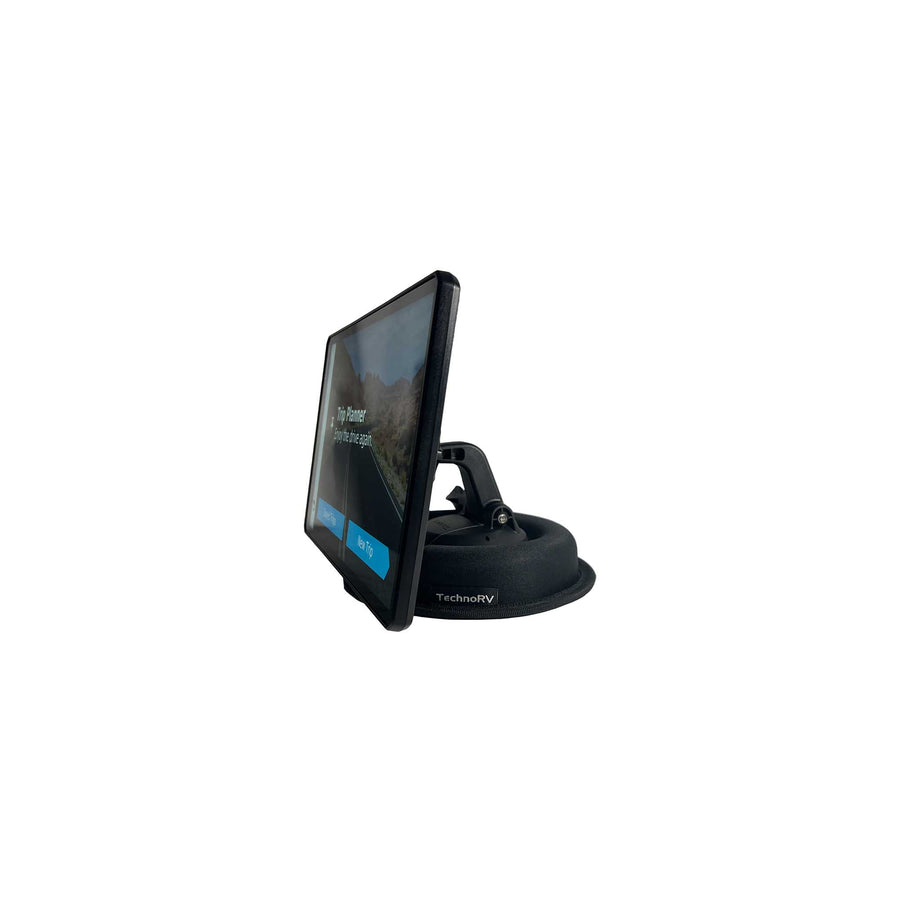
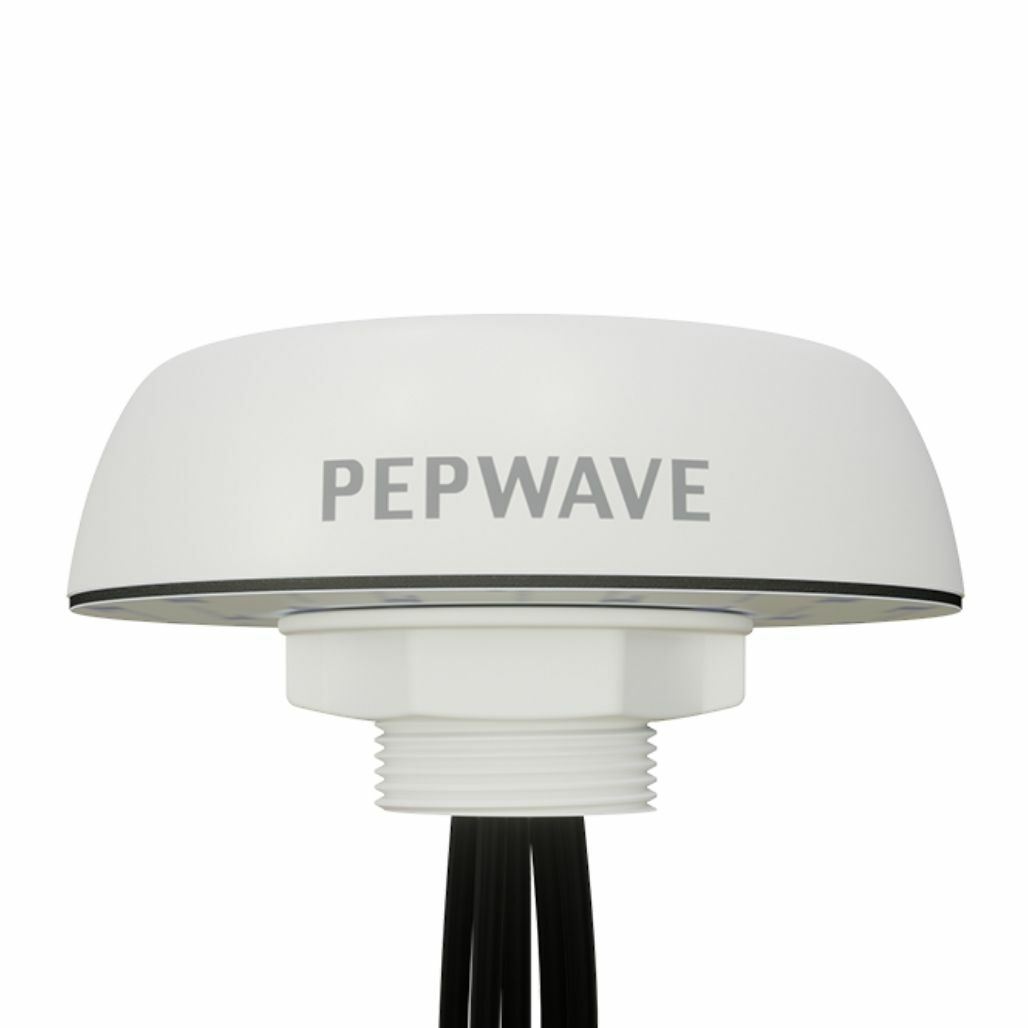

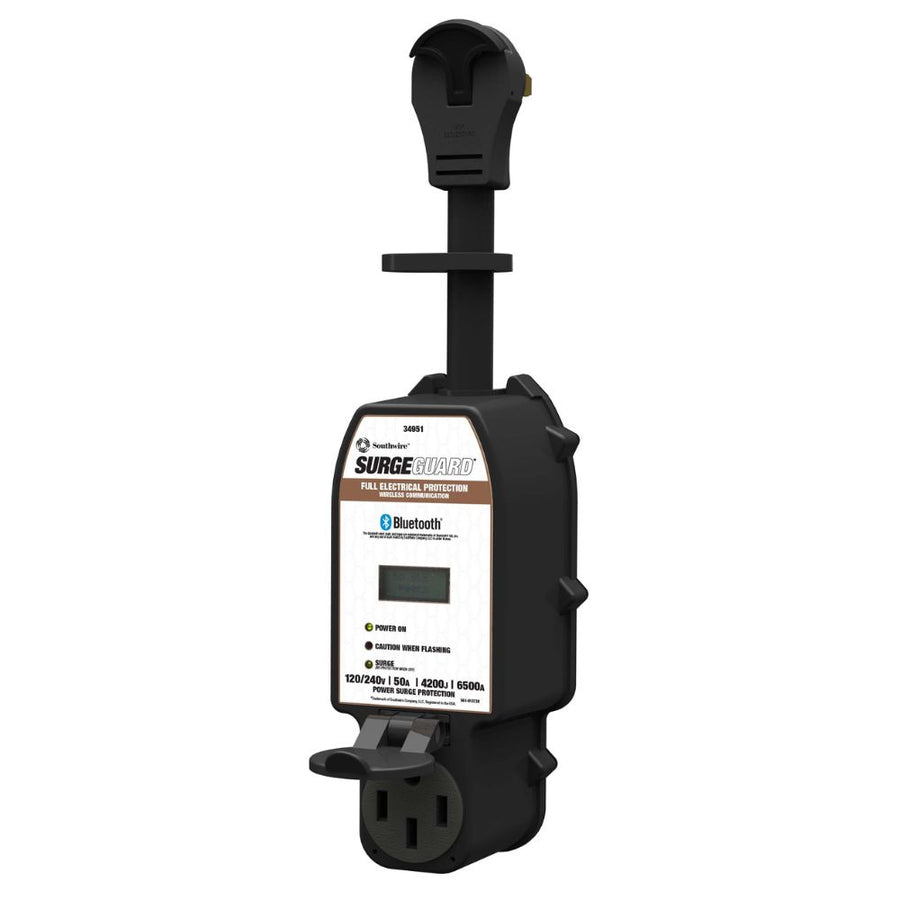

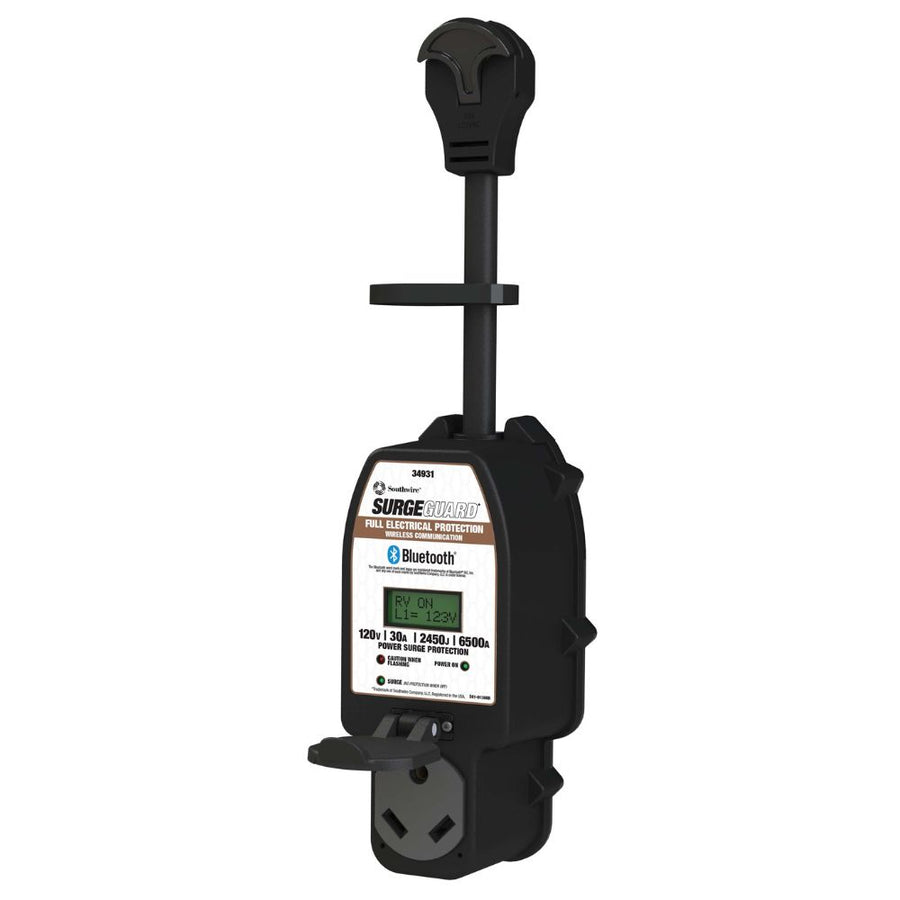

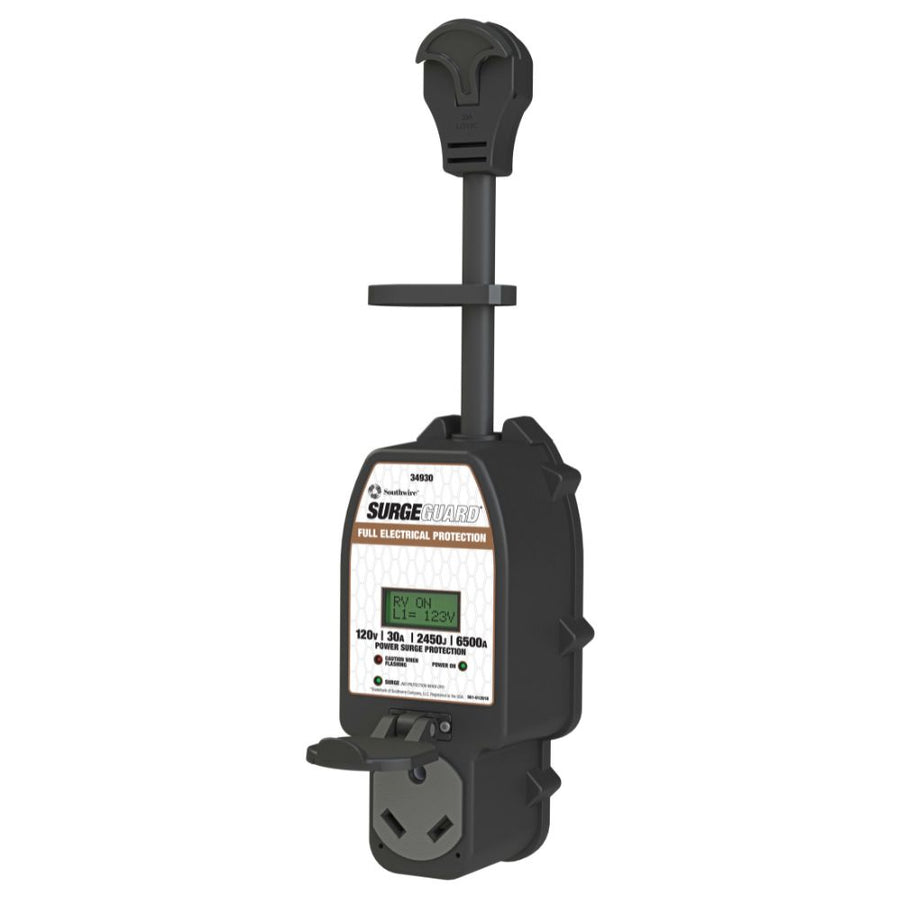

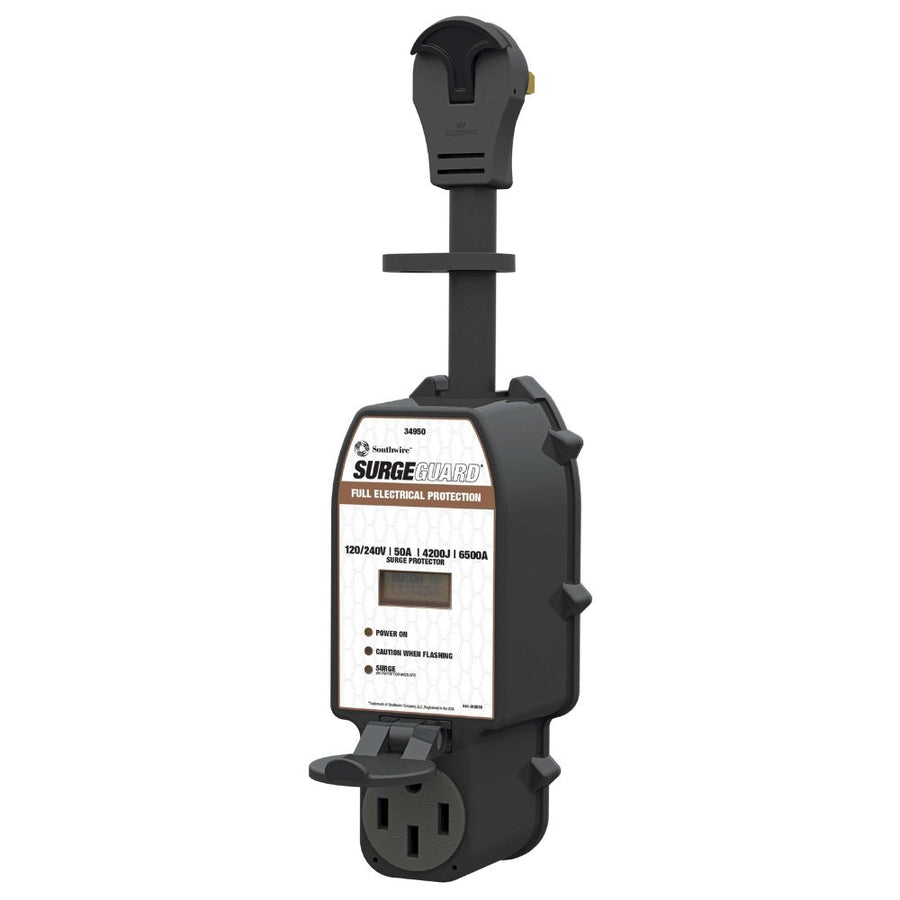


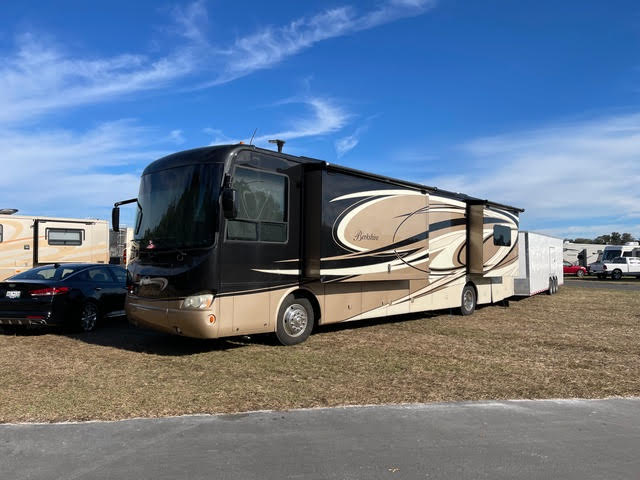
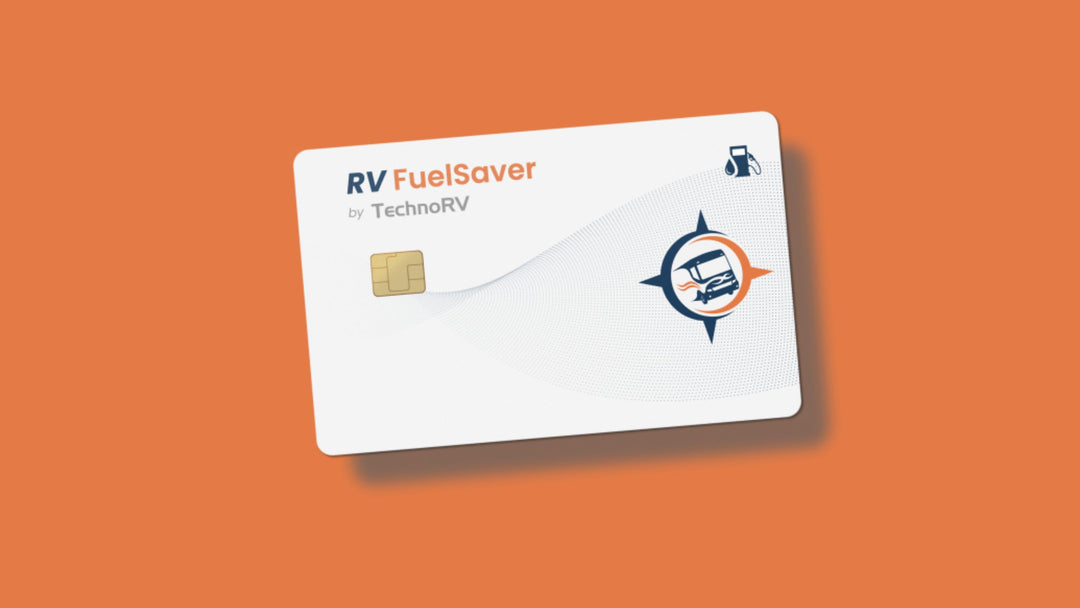
Leave a comment